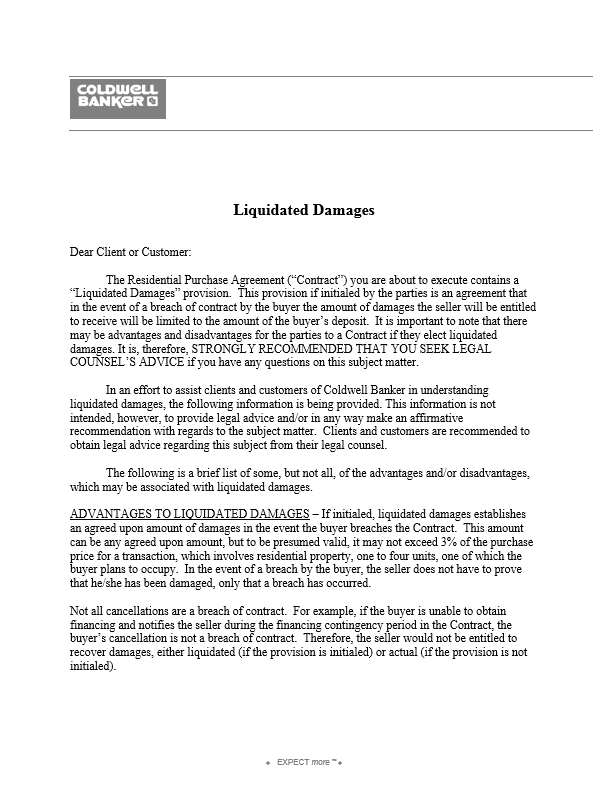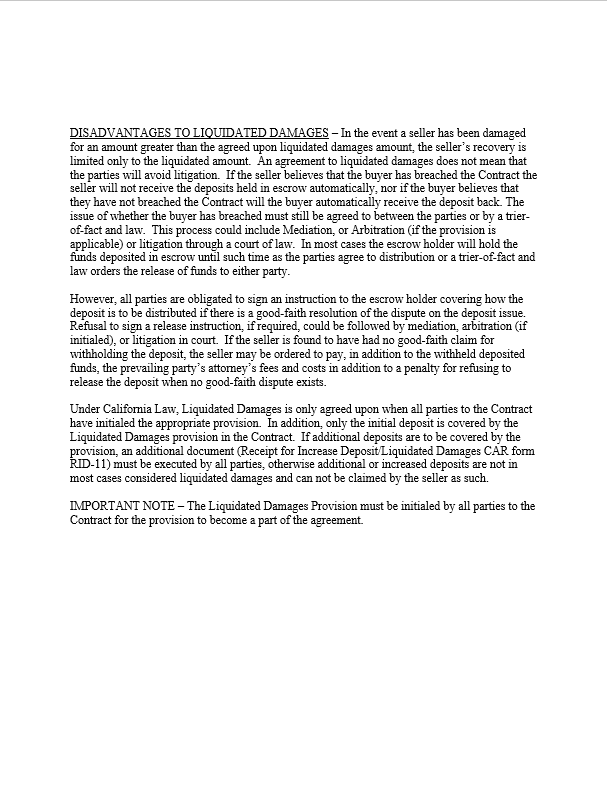-
Lot Size
-
Home Size1,881 sqft
-
Beds4 Beds
-
Baths3 Baths
-
Year Built2006
-
Days on Market1
Understanding the Fine Print: Liquidated Damages Provisions
- Real Estate Tips
- contract advice, home buying advice, linda moore blog, liquidated damages, Real Estate Agent, real estate tips
- March 23, 2016

Among the most stressful aspects of buying or selling a home is navigating contracts. When a buyer and a seller close in on a final purchase, the hope is always that everything proceeds smoothly. However, disputes, complications, and disappointments do occur. This is when contractual agreements become very important. For guidance through the nuances of specific contractual terms, legal counsel is always advised. Still, both buyers and sellers should understand the basics of real estate contracts. This series of blogs aims to inform prospective parties on some common components.
Liquidated Damages clauses intend to protect buyers and sellers in cases when a prospective purchase falls through before the sale is finalized, signifying a breach of the agreed upon contract. The parties designate an amount – not to exceed 3% of the purchase price – to be rewarded to the seller, should the buyer breach the contract. This is meant to cover financial damages caused by the breach, which are not always easily quantifiable, while avoiding the arduous litigation process.
The Liquidated Damages clause is not valid unless initialed by both parties. There are advantages and disadvantages to initialing this segment, for both buyers and sellers. To help you assess if Liquidated Damages is the right choice for you, Coldwell Banker provides the following informational packet. As always, I am happy to help you with any further questions!







